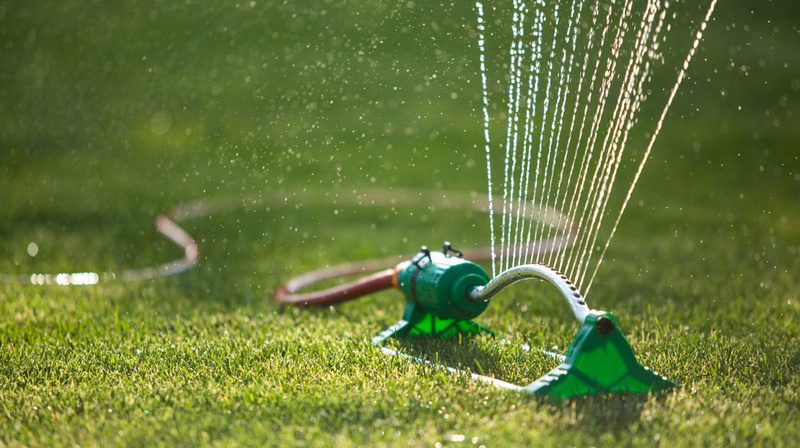
Landscaping for the Summer Season
Adapt to summer weather changes to keep your lawn in excellent shape. Adjust your watering schedule, feed your lawn in accordance with fertilizer bans, look out for and identify common summer pests, remove weeds directly, and maintain your summer tools.
Floridians have been feeling the heat for a few months now, but June is the month that officially marks summer. With the transition into summer comes rising temperatures, daily afternoon storms, humidity, pests, and growth. Homeowners need to adjust their watering strategies, fertilization, pest and weed control, and tool maintenance schedules to help their lawns and gardens flourish.
Summer Watering Strategies
With the frequency of thunderstorms and otherwise constant sunshine and heat, summer watering is somewhat of an art, requiring attentiveness and problem-solving. Is your lawn looking green, brown, or yellow? Are you watering differently in shaded areas under trees that have grown and filled out since winter? Setting the sprinkler system without paying attention to daily rainfall or lawn condition can be detrimental.
Discoloration
Grass that is uniformly brown might need more water. Pick a brown area of grass and dig into the soil beneath it. If the soil is loose and hot, it’s too dry. Run the irrigation system and watch the brown areas of the lawn. Do they get enough water, or any at all? Adjust the sprinkler settings based on your observations.
Yellowing grass is often a symptom of overwatering. When a system is overwatered, the soil becomes waterlogged, oxygen intake is limited, and roots can become damaged or even rot. After summer rains, give it some time before watering. Check the soil and water only if the top two inches are dry.
June Fertilization
Since the summer season is so rainy, many counties in Florida put measures in place to reduce runoff that can result in algae blooms. These places prohibit the use of nitrogen and phosphorus additives from June through September.
You can still get nitrogen to your soil by using a mulching lawnmower and leaving the grass clippings in the yard. This is a natural source of nitrogen!
The grass may start to yellow as previous fertilizer treatments wear off. Combat this problem and get your grass greener with iron-only applications.
If you choose to use fertilizer, make sure to purchase a fertilizer containing only potassium and no nitrogen or phosphorus. This fertilizer will be labeled “0-0-16.”
Pest Control
Watch out for the lawn pests that come out this month. Make sure to identify the bugs that are causing you trouble before purchasing an insecticide or implementing a treatment plan.
- Chinch bug infestations can show up in yellow patches of grass (usually St. Augustinegrass) in sunny parts of the lawn.
- Mole crickets usually affect Bermuda and Bahia grasses. A sign of mole crickets is soft ground underneath the grass.
- Lawn caterpillars eat grass, so look out for chewed and shortened blades. Armyworms, grass loopers, and sod webworms are all lawn caterpillars.
Weed Control
Remove weeds directly – by hand, with trowels and shovels, or by mowing. The use of weedkillers in the scorching summer heat can cause damage to the turfgrass.
Tool Maintenance
Make sure that your mower blades are sharp, especially since they’ll be put to work more frequently during this season. Dulled blades won’t cut the grass but tear it, leaving it vulnerable to disease! We suggest you sharpen the mower blades every month.